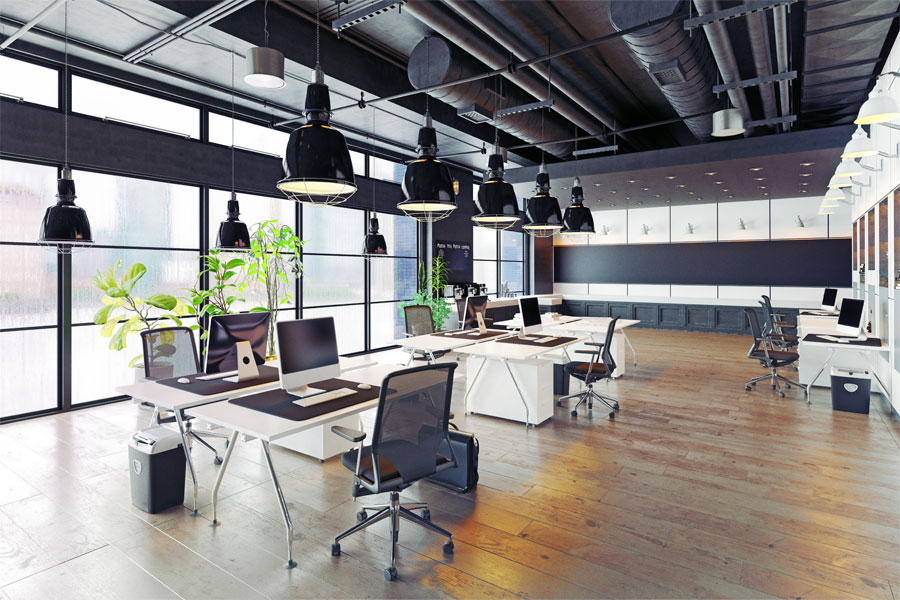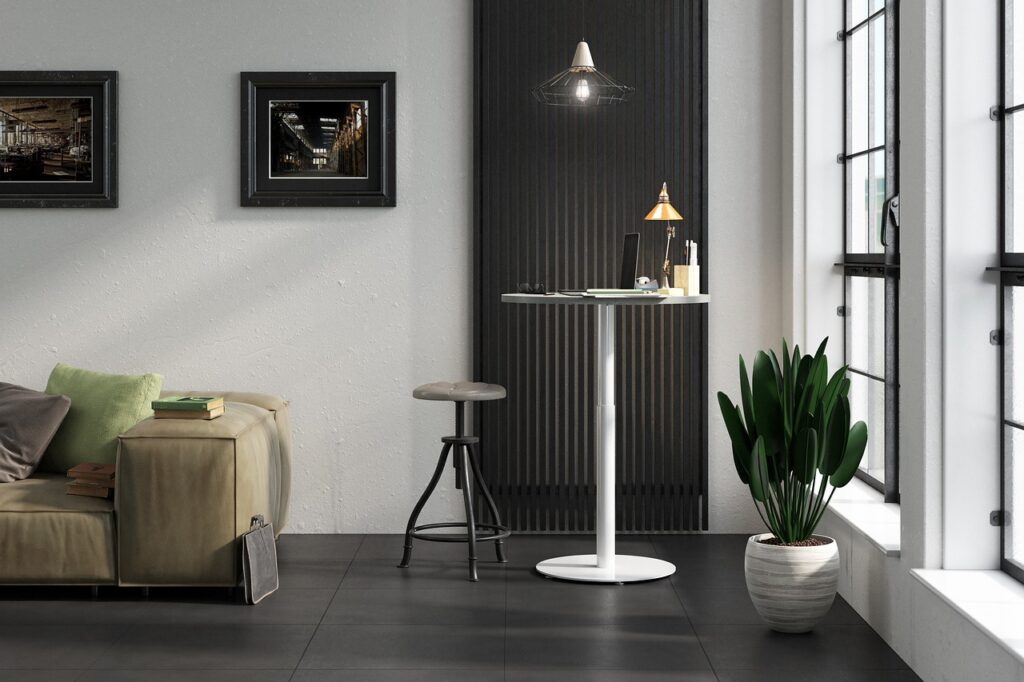As commercial buildings evolve to meet the changing needs of businesses, the optimization of space utilization has become a crucial consideration. Efficient use of space not only maximizes the potential of commercial properties but also enhances productivity and cost-effectiveness. In this article, we will explore how technology is revolutionizing space utilization in commercial buildings. We will delve into the innovative solutions implemented by commercial interior design companies to optimize space, improve productivity, and maximize the potential of commercial spaces.
Also read: Top 20 Office Interior Designer Companies in Delhi NCR
The Importance of Space Utilization
Optimizing space utilization in commercial buildings is essential for maximizing efficiency and productivity. Effective space planning ensures that every square foot of a commercial property is utilized to its fullest potential, minimizing wasted space and reducing operational costs. By utilizing space efficiently, businesses can create environments that promote collaboration, creativity, and employee well-being.
Commercial interior design companies understand the importance of space utilization in creating functional and productive commercial spaces. They leverage technology to develop innovative solutions that optimize space and meet the specific needs of businesses.
Our space planning services in commercial interior design focus on optimizing the functionality and efficiency of your workspace, ensuring a seamless and well-utilized layout.
Space Utilization Technologies
Technology plays a pivotal role in optimizing space utilization in commercial buildings. Commercial interior design companies utilize various technologies to enhance space efficiency and create intelligent environments. Here are some key technologies employed:
a. Space Planning Software: Commercial interior design companies utilize advanced space planning software to analyze floor plans, furniture layouts, and traffic flow. These software solutions enable designers to visualize different space utilization scenarios, ensuring optimal placement of workstations, meeting rooms, and common areas.
b. Internet of Things (IoT): IoT technology allows for the integration of various devices and sensors to collect data on space utilization. Occupancy sensors, for example, can provide real-time information on room occupancy and utilization patterns. This data helps businesses identify underutilized spaces and make informed decisions on redesigning or repurposing them.
c. Cloud-based Collaboration Tools: Cloud-based collaboration tools facilitate remote collaboration and flexible work arrangements. With these tools, employees can access and share documents, collaborate on projects, and schedule meetings, regardless of their physical location. This technology allows for the optimization of space by accommodating remote work and reducing the need for dedicated workstations.
d. Smart Building Systems: Smart building systems integrate technology to automate and optimize various building functions, including space utilization. These systems utilize sensors, data analytics, and automation to monitor and control energy usage, occupancy levels, and room reservations. By leveraging smart building systems, commercial interior design companies create intelligent environments that dynamically adjust to the needs of occupants, optimizing space and energy efficiency.
Our design and build services in commercial interior design offer a comprehensive solution from concept development to final construction, ensuring a seamless and efficient process.
Collaborative Workspaces
Collaborative workspaces are a key aspect of optimizing space utilization in commercial buildings. These spaces encourage collaboration, creativity, and flexibility, allowing employees to work together in a shared environment. Commercial interior design companies employ innovative technologies to create collaborative workspaces that maximize space efficiency and promote a sense of community.
Technologies such as movable partitions, modular furniture, and flexible layout options enable commercial interior design companies to adapt spaces to different collaboration needs. Additionally, digital collaboration tools and interactive displays facilitate seamless communication and idea sharing, further enhancing the productivity of collaborative workspaces.
Data-Driven Decision Making
Data-driven decision-making plays a crucial role in optimizing space utilization in commercial buildings. Commercial interior design companies analyze occupancy data, utilization patterns, and employee feedback to identify areas for improvement and implement effective space utilization strategies.
By harnessing data analytics, commercial interior design companies gain valuable insights into space utilization trends, such as peak hours, popular areas, and underutilized spaces. This information allows businesses to make informed decisions on space allocation, layout adjustments, and resource optimization, ultimately enhancing space efficiency and productivity.
Our 3D visualization services in commercial interior design bring your vision to life, providing realistic and immersive representations of your space before construction begins
Conclusion
Technology is revolutionizing space utilization in commercial buildings. Commercial interior design companies leverage space planning software, IoT devices, cloud-based collaboration tools, and smart building systems to optimize space, enhance productivity, and create intelligent environments. By embracing collaborative workspaces and employing data-driven decision-making, businesses can maximize the potential of their commercial spaces. The integration of technology by commercial interior design companies facilitates efficient space utilization, ultimately leading to cost savings, improved productivity, and a positive work environment.
Also read:Top Trends of Office Interior design evolving in 2023





